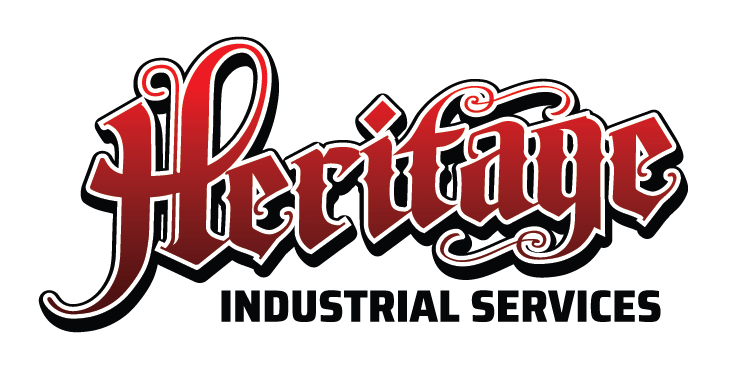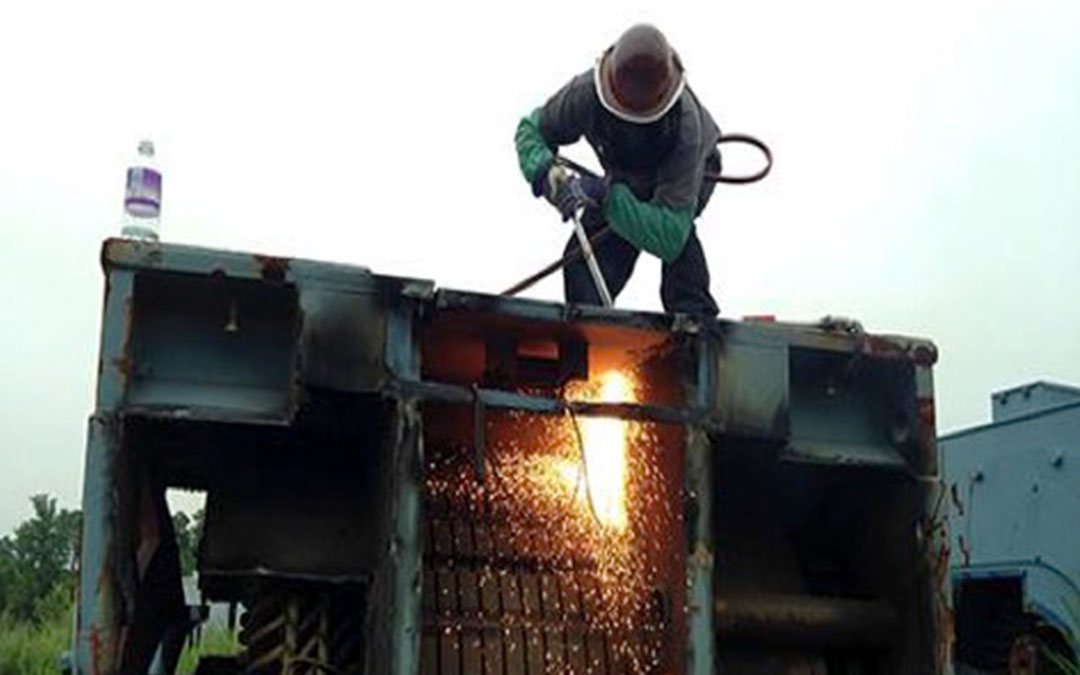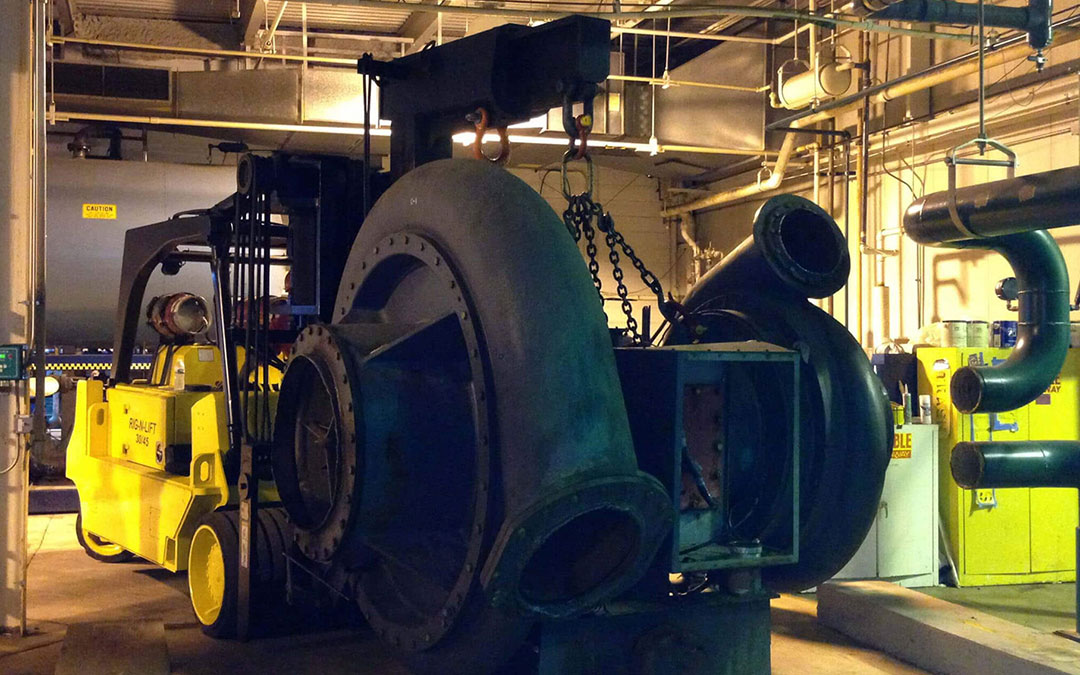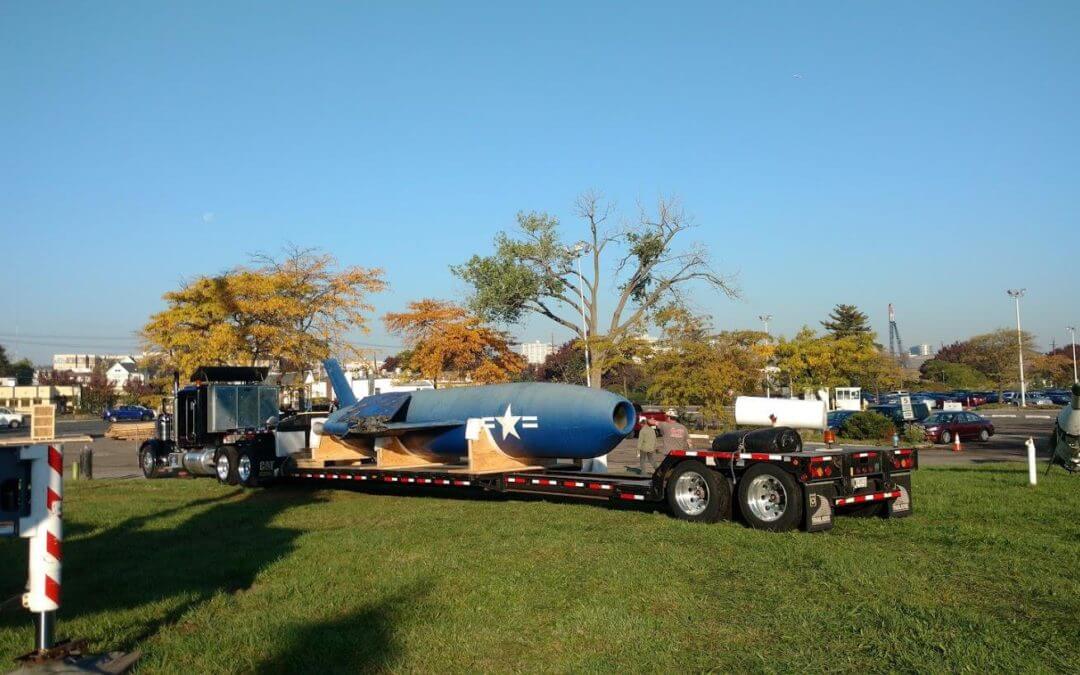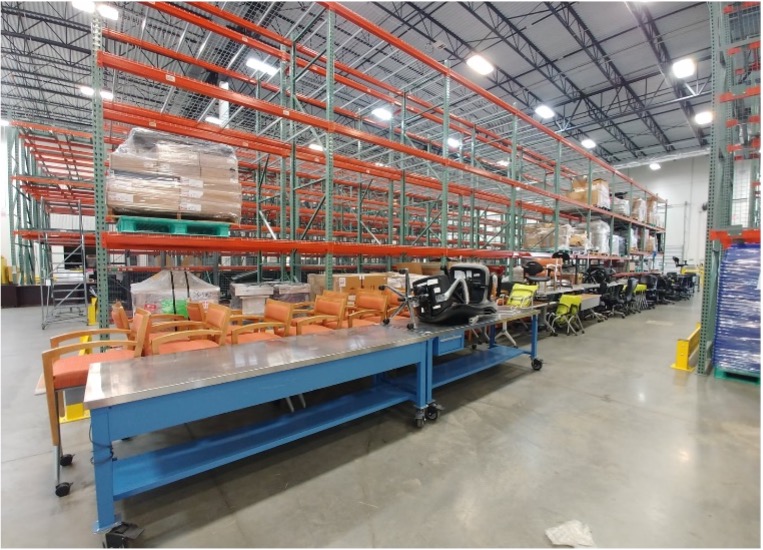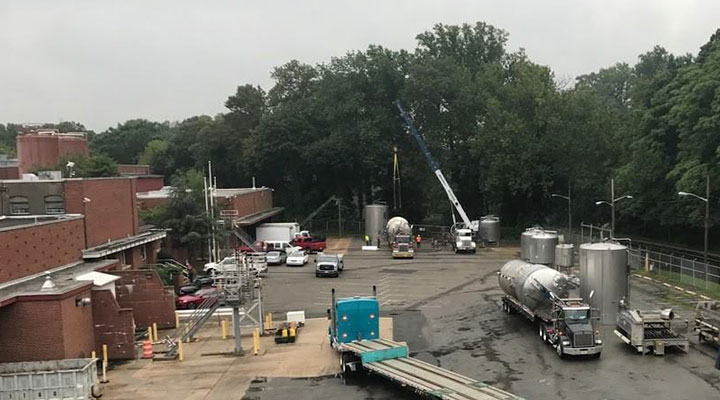
Former Ocean Spray Facility
Heritage performed a multi-phased project utilizing our multiple in-house capabilities and ability to perform a total turn-key project. The client contracted Heritage based on its competitive bid, safety record, and ability to perform this work under a tight schedule.
The project involved rigging and removing juice and beverage equipment from the former Ocean Spray facility in New Jersey. This 400,000-square-foot facility housed over 300,000 gallons of stainless steel agitated jacketed tanks, aseptic processing and packaging systems, two bottling lines, one can line, and tanks ranging in size from 500 gallons to 20,000-gallon silos. All equipment was auctioned and sold.
Before work began, the client de-energized, isolated, capped, and air-gapped all electrical, steam, gas, and other active supply lines. This preparation allowed Heritage to mobilize and begin rigging and dismantling work immediately on day one.
Location:
NJ
Industry:
Food and Beverage
THE CHALLENGE
After completing the initial equipment removal, Heritage began the next project phase, which involved:
- Removing all remaining unsold items from the site, including tanks, conveyors, and other processing-related equipment
- Removing all associated piping, ductwork, conveyors, and items not related to the building infrastructure
THE EXECUTION
Heritage used a range of company-owned tools and equipment throughout the project, including various hydraulic gantries and rigging booms, multiple scissor lifts, a 12 K-capacity telescopic Lull, forklifts ranging from 5K to 20K capacity, and a Versa-Lift 25-35.
By leveraging a strong network of trusted support companies, Heritage was able to generate higher scrap revenue and secure equipment asset recovery credits. The company was then able to pass these credits to the customer to help offset project costs during the second phase of removals.
Thanks to a thorough understanding of the project and a well-executed plan, the team completed the work safely, on time, and within budget, meeting the client’s expectations and satisfaction.
